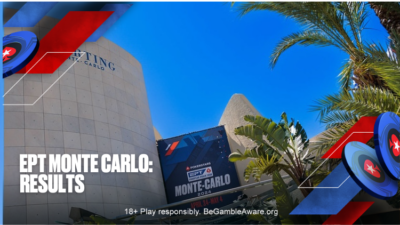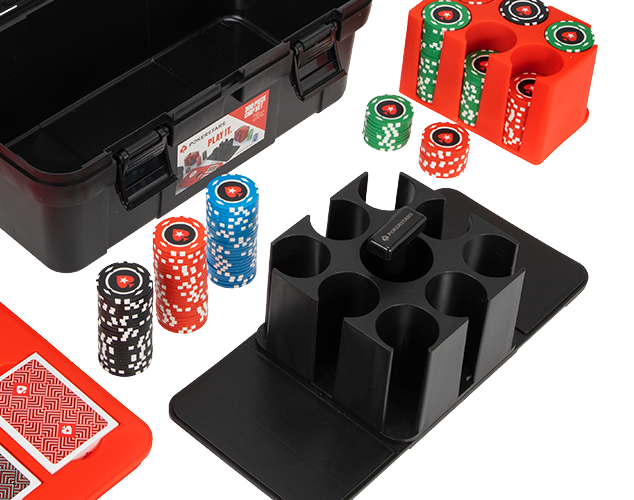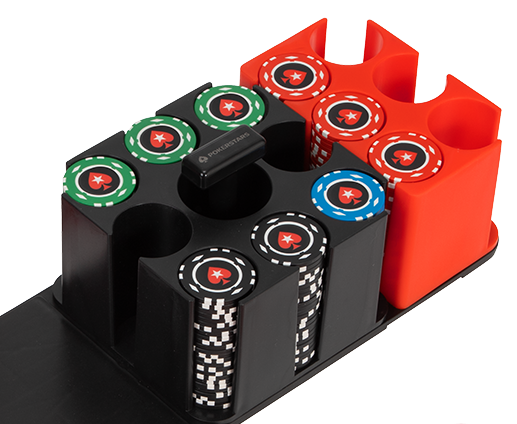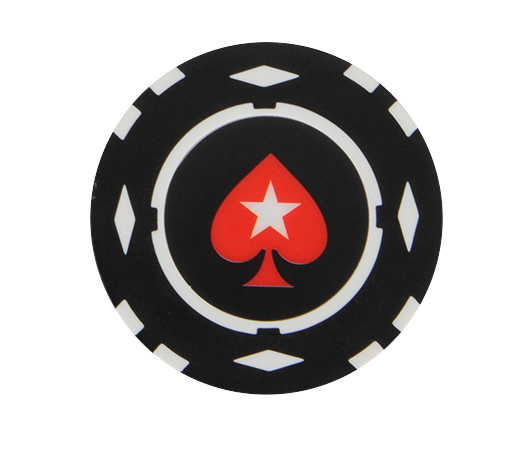An excerpt from Alexander Fitzgerald’s Exploitative Play in Live Poker in which the poker pro sets aside “GTO” play to show players how best to profit from others’ mistakes.
Over more than a decade as a pro, Alexander Fitzgerald has collected more than $3.5 million in tournament earnings around the world both online and live, final tabling EPTs, multiple WCOOPs and FTOPs events, along with practically every regular tournament online.
Subtitled “How to Manipulate Your Opponents Into Making Mistakes,” Exploitative Play in Live Poker concentrates on teaching players how to take advantage of opponents’ missteps and as a result consistently force them outside of their comfort zone.
In the following excerpt, Fitzgerald discusses when and under what circumstances check-raising from the big blind is a recommended play versus habitual c-bettors.
Check-raising from the big blind
We’re going to focus on check-raising from the big blind, because it is still an effective play. For one, make sure you’re calling raises that don’t go beyond 2.75x the big blind. If there are antes you can go up to 3.25x, but you need to know that you can check-raise the villain on most boards. The way you will know that is by identifying someone who opens too much and continuation-bets too much. Fortunately for us, this player is not too hard to find in today’s games. Any player opening from the lojack or later these days is statistically more likely to be opening 20%+ of the hands than not. 20% of hands is extremely difficult to defend postflop. You miss most boards with those hands. Beyond that, the steps are simple. The key factors required to check-raise someone from the blinds are:
- Someone opening too much (any player you have previously identified for “targeting”).
- Someone continuation-betting too much (practically every player on earth).
- A board worthy of check-raising (anything without two Broadway cards, especially those including a ten; generally not complete “chicken” boards, i.e. ultra-dry boards, usually featuring a pair).
Let me expand on these points.
You need someone to have too many hands. If a guy only opens A-A, he’s not going to be missing too many boards. However, most normal people hate folding, so they open a little too much. This is especially pronounced if it’s folded around to late position. Practically every player continuation-bets too much versus a player who completed from the big blind and checked the flop. The in-position player assumes that the big blind player has flatted with a wide array of hands due to the reduced price, and has largely missed the board. If you imagine having J♦9♥ as the preflop raiser on a K♣8♣2♦ board, it would be strange to check back versus a big blind who just completed a bet and then checked. In general, it’d be an awful idea. Most of the time, the big blind is folding, and your bet turns a profit. For this reason, naturally, many players have learned to continuation-bet whenever they miss the board. This generally represents 50-60% of their range (no pair, no draw).
However, if they have T♣T♦ on that same board or K-10, perhaps they’ve been check-raised before, and they don’t feel like they want to play a big pot with one pair. So, they check, assuming the other player will bluff one or two streets. For this reason, most players’ continuation-betting ranges are competent, capable of controlling pot size, and they allow for many successful continuation-bet bluffs. They are also gloriously exploitable for the few tens of thousands who will read a book such as this one. Because we can see, looking at that range, that it’s two-pair or better and nothing. And there’s many more combinations of nothing than “two-pair or better.”
Finally, there are more boards you should be check-raising than boards you shouldn’t. The one board I tell everyone to lay off of is the two Broadway card board with one 10. A board like K-10-x or Q-10-x has so many Broadways and solid pairs in a person’s continuation-betting range that it makes it difficult to bluff. If there are just two Broadway cards, such as Q-J-3, that is a bit more viable, but it still allows your continuation-betting opponent to have a number of solid pairs. Ace-high boards are also especially dangerous, since the vast majority of your opponent’s combinations are going to be A-x unpaired hands.
The boards that are great for check-raise bluffing are boards with one high card and two low cards, featuring a draw. On that board, you would be check-raising sets and two-pairs for value as well as draws. Due to the number of viable hands you could have, many players will just pitch their weak second pairs, not wanting to deal with you. That means you’ve secured a fold 70% of the time. Co-ordinated boards where your opponent will bet/fold one pair are money in the bank, generally speaking. Take a board such as K♠8♠2♠. If you have a disciplined opponent, you can check-raise large here, and they’ll generally show you an offsuit K-J and fold. That means they’re bet folding most of their K-10, K-9s, K-8s, Q-Q, J-J, 10-10, 9-9, 10-8, 9-8, and 8-7 combinations as well. That’s a lot of folding!
I personally also love check-raising this board in multiway pots. When one person bets, another calls, and you check-raise the size of the pot on that board it looks exactly like, “haha, now my small flush will get paid off!” Straight boards work well too. 10-9-8 will get many people to bet/fold a ten, which again will have people bet/folding 70% of their hands. Your raise size should be large enough to finish the pot on the flop. A pot-sized check-raise needs to work 50% of the time, but if you’re folding second pair, then you’re securing a fold 70% of the time. Senior citizens would do well to exercise this play often, due to the age bias exhibited in poker. People assume that when you fine folks check-raise, you have to have something. All those second pairs hit the muck before the chips even leave your hands.
Exploitative Play in Live Poker is available in paperback, as an e-book, and as an audio book at D&B Poker.
D&B Publishing (using the imprint D&B Poker) was created by Dan Addelman and Byron Jacobs 15 years ago. Since then it has become one of the leading publishers of poker books with titles by Phil Hellmuth, Jonathan Little, Mike Sexton, Chris Moorman, Dr. Patricia Cardner, Lance Bradley, Martin Harris and more, all of which are available at D&B Poker.
Back to Top










